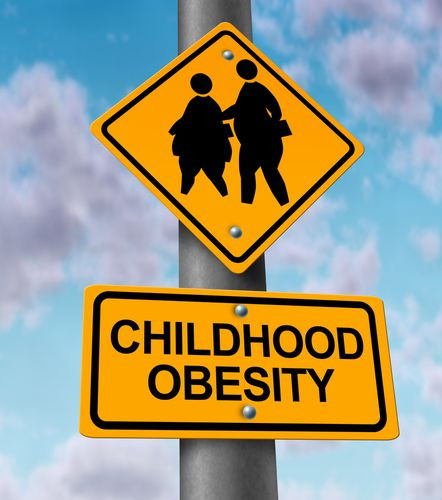Obese Older Sibling More Likely To Influence A Child’s Weight Than Obese Parent

Our family shapes who we are — literally, too. Not only is an individual more prone to obesity if he or she has obese parents, but according to a new study, the likelihood more than doubles if there is an older obese sibling.
New research evaluating how biological relationships affect a child’s weight was conducted by researchers from Massachusetts General Hospital, Cornell University, and Duke University and published in the October issue of the American Journal of Preventive Medicine. "The family environment is known to exert a strong influence on the trajectory of children's health, and prior research has done a great deal to illuminate connections between parent and offspring obesity," said Dr. Mark C. Pachucki in a press release. "Others have also found that obesity is also often correlated between siblings. Our study extends these findings by integrating data on both parent-child, and sibling relationships.”
The study, which surveyed 10,244 American households, was a parent-and sibling-based analysis of a child’s weight. The study suggests that obesity depends on the number of children in a household as well as their gender. In families with only children, a child is 2.2 times more likely to be obese if a parent is also obese. However, in families with two children, a child’s weight was influenced more by the siblings’ weight than the parents’. In a two-child household, the older child was 2.3 times more likely to be obese if a parent was obese. Having an overweight younger sibling increased the chance of being obese by 5.4 times. Obesity in the younger sibling in a two-child household increased by 5.6 times if the older sibling was obese. Parental obesity in such cases was a non-issue, according to the research.
“We found that obesity status of a younger child's older sibling is more strongly associated with a child's obesity than is the parent's obesity status. This association is independent of a host of socioeconomic and demographic attributes, health behaviors, and overall health status," Pachucki said.
Gender also influences obesity in families, according to the study. An only child, if she is a girl, is less likely to be obese than a single boy child. Gender also contributed in households with two children. A younger sibling would be more influenced if the older sibling was of the same sex.
"For youngest boys in two-child families, obesity is 11.4 times more likely with a male older sibling," wrote the authors. "If that younger boy's elder sibling is a girl, the boy is 6.6 times more likely to be obese. In two-child families, youngest-girl obesity is 8.6 times more likely with a female older sibling and is not significantly more likely if the older sibling is male. Thus, for younger children, there is a discernible gender correlation in sibling obesity status: having an obese elder same-gender sibling is associated with an increased likelihood of the younger child being obese."
But only children were more likely to eat fast food and be less inclined toward physical activity compared to their equals with siblings. A surprising find was that children with over-active older siblings were more prone to obesity risk, according to Pachucki. "Younger siblings with more vigorous physical activity are significantly less likely to be obese, though having an elder sibling who is extremely active is associated with a higher risk of younger-sibling obesity," he said.
But more research is needed into how family associations effect a child’s weight and this may give solutions to understanding about and preventing childhood obesity. "Because this study is cross-sectional, a snapshot of one point in time, we cannot claim that these particular siblings are causing one another's weight status. And we were only able to look at one-child and two-child families. Still, our findings are consistent with research showing that siblings tend to eat alike and have similar levels of physical activity," Pachucki concluded. "In seeking to reduce the prevalence of childhood obesity, it may be productive to consider prevention and treatment models that meaningfully recognize siblings as interconnected."
Source: Pachucki M, Lovenheim M, Harding M. Within-family obesity associations: Evaluation of parent, child, and sibling relationships. American Journal of Preventive Medicine. 2014.



























